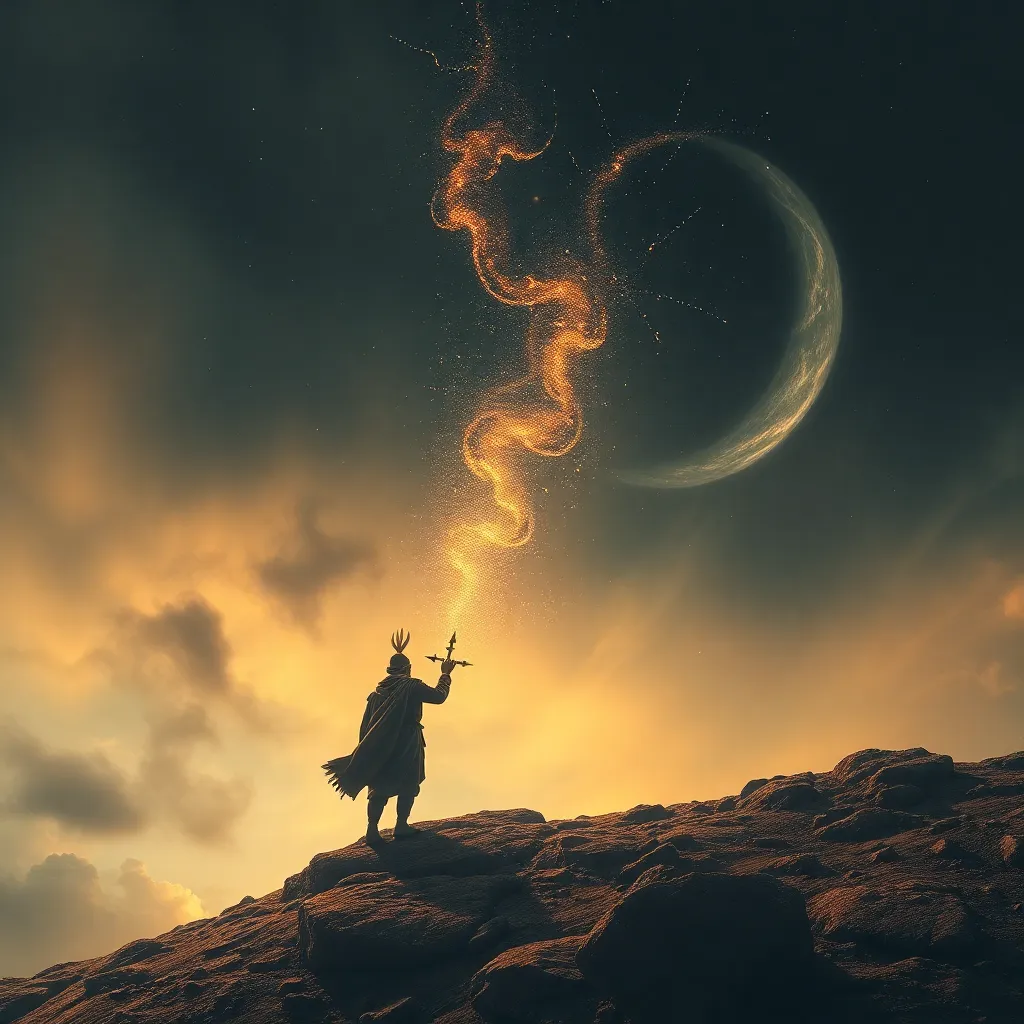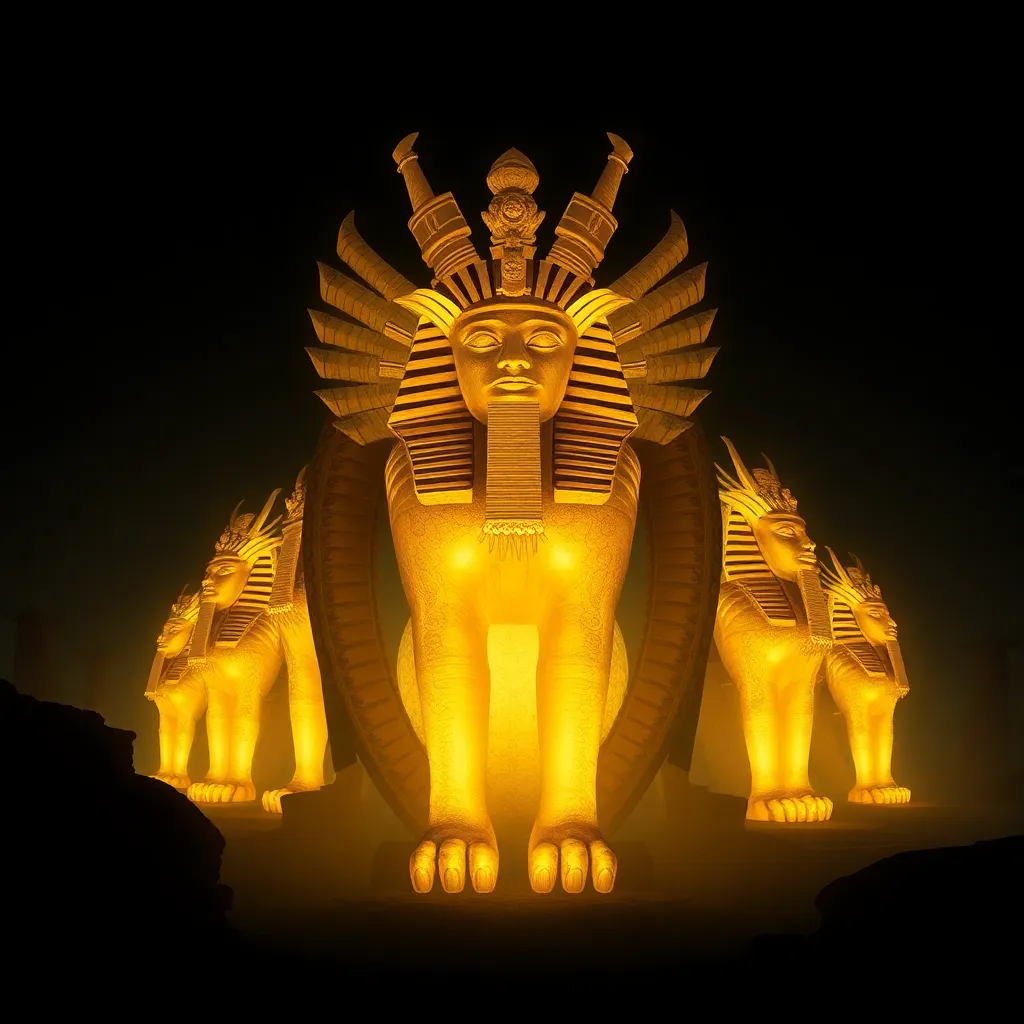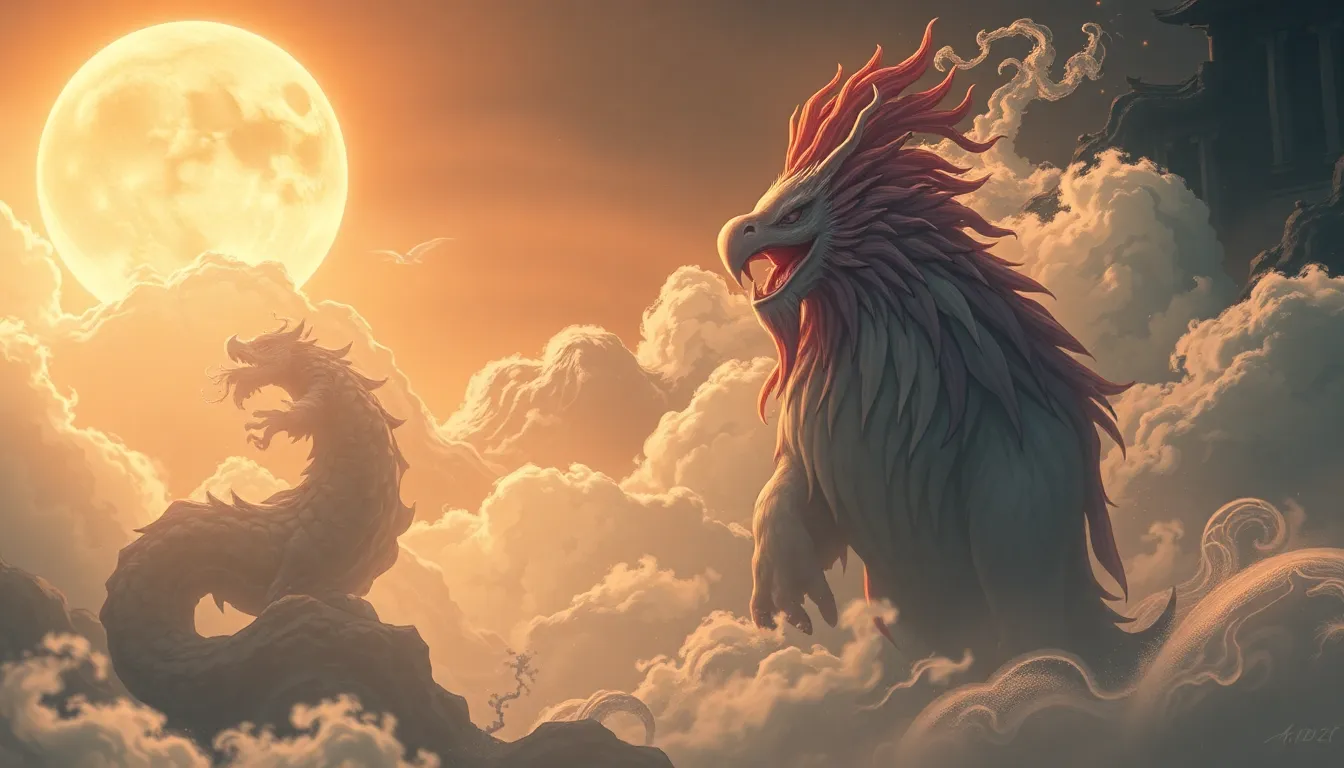The Baku and the Power of Wish Fulfillment: Exploring the Myth’s Role in Hope and Desire
I. Introduction
The Baku, a creature from Japanese folklore, embodies the complex interplay between dreams, desires, and the often elusive nature of wish fulfillment. This mythical being is said to consume nightmares and unwanted dreams, allowing individuals to embrace hope and satisfaction in their waking lives. As we delve into the Baku myth, we uncover the profound impact that such legends have on human psychology, particularly in relation to our aspirations and desires.
This article aims to explore the intersection of myth, hope, and desire, examining how the Baku serves as a symbol of wish fulfillment throughout history and in contemporary culture.
II. The Origin and Evolution of the Baku Myth
The Baku traces its origins back to ancient Japan, where it was believed to be a protector against bad dreams. The creature is often depicted as a hybrid of various animals, including an elephant, rhinoceros, and tiger, which adds to its mystique and allure.
A. Historical background of the Baku in Japanese folklore
According to legend, the Baku was born from the dreams of the gods and was granted the power to consume nightmares. This constructed purpose gave the Baku a revered position in Japanese culture, where it was often invoked to bring peace and comfort during sleep.
B. Cultural significance and variations across different regions
While the Baku is predominantly known in Japan, similar creatures exist in other cultures, such as the Chinese “Baku” and the “Dreamcatcher” of Native American folklore. Each variation shares the common theme of protecting individuals from negative experiences, yet they reflect the unique cultural contexts in which they arise.
C. Evolution of the Baku as a symbol of wish fulfillment
Over the years, the Baku has evolved beyond a mere dream eater to represent broader themes of hope and desire. Its ability to consume nightmares symbolizes the human yearning to overcome fears and achieve personal aspirations.
III. The Symbolism of the Baku
A. Description and characteristics of the Baku
The Baku is often depicted with a large trunk, tusks, and a body covered in shaggy fur, resembling a cross between an elephant and a bear. This unique appearance adds to its enigmatic presence.
B. The Baku as a dream eater and its implications
As a dream eater, the Baku represents the potential for transformation. By consuming negative dreams, it allows individuals to find solace and clarity, thereby facilitating personal growth and resilience.
C. Representations of hope and desire in Baku mythology
- Hope: The Baku is a beacon of hope, embodying the possibility of overcoming adversity.
- Desire: It represents the human desire for fulfillment and the pursuit of dreams.
- Transformation: The act of consuming nightmares signifies personal transformation and growth.
IV. The Psychological Impact of Myths
A. The role of myths in shaping human beliefs and behaviors
Myths like that of the Baku play a vital role in shaping human beliefs and behaviors. They provide frameworks through which individuals can understand their experiences, particularly those related to hope and desire.
B. How the Baku myth influences individual and collective hope
The Baku myth fosters a sense of collective hope, as communities share stories of triumph over adversity. This shared belief can strengthen social bonds and enhance individual resilience.
C. The relationship between myths and psychological well-being
Believing in myths like the Baku can positively influence psychological well-being. They offer comfort, meaning, and a sense of belonging, particularly in times of uncertainty.
V. The Role of the Baku in Modern Culture
A. Representation of the Baku in contemporary media and art
In modern culture, the Baku has found its way into various forms of media, from animated films to literature. These representations often highlight its role as a guardian of dreams and a symbol of hope.
B. The Baku’s influence on modern interpretations of wish fulfillment
The Baku continues to inspire interpretations of wish fulfillment, encouraging individuals to believe in the possibility of achieving their dreams despite obstacles.
C. Case studies of the Baku in popular culture
- Anime: The Baku appears in various anime series, often as a protector of dreams.
- Literature: Modern authors reference the Baku to explore themes of aspiration and overcoming fear.
- Art: Contemporary artists depict the Baku as a symbol of hope in their works.
VI. The Baku and Personal Aspirations
A. How individuals relate to the Baku myth in their own lives
Many individuals find personal resonance with the Baku myth, using it as a source of inspiration in their pursuit of aspirations. The idea of a creature that consumes nightmares can empower people to confront their fears.
B. Rituals and practices associated with invoking the Baku
Various rituals exist that involve invoking the Baku, such as:
- Creating art depicting the Baku to symbolize personal wishes.
- Writing down fears and burning the paper as a sign of releasing negativity.
- Practicing meditation focused on the Baku to enhance positive dreaming.
C. Personal narratives of hope and desire linked to the Baku
Personal stories often emerge around the Baku, where individuals share experiences of overcoming challenges and finding comfort through the myth. These narratives underscore the Baku’s role in shaping personal journeys towards fulfillment.
VII. Critiques and Challenges of Wish Fulfillment Myths
A. The potential drawbacks of relying on wish fulfillment
While the Baku myth offers hope, reliance on wish fulfillment can lead to disappointment when desires are unmet. It is essential to recognize the limitations of such myths.
B. Psychological implications of unmet desires
Unmet desires can result in feelings of inadequacy and frustration. Understanding this psychological impact is crucial in navigating the complexities of hope.
C. Alternative perspectives on hope and fulfillment beyond myths
Exploring alternative perspectives on hope and fulfillment can provide a more balanced view. This includes:
- Setting realistic goals.
- Practicing mindfulness to address desires without reliance on myths.
- Engaging in community support to foster resilience.
VIII. Conclusion
The Baku serves as a significant symbol of hope and desire, illustrating the power of myths in human experience. Its enduring presence in culture highlights the universal longing for fulfillment and the complex relationship we have with our aspirations.
In contemporary society, the Baku continues to resonate, reminding us of the importance of hope in the face of adversity. Ultimately, the Baku’s role in personal and collective aspirations underscores the timeless nature of myth and its ability to inspire and comfort.



